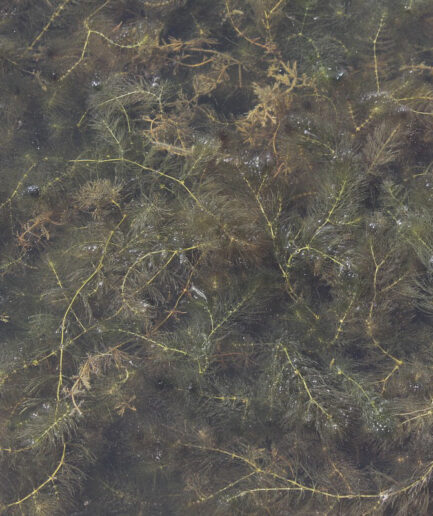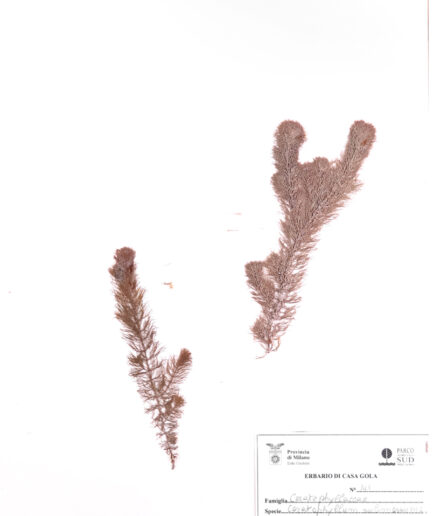Eterantera
Scientific name: Heteranthera reniformis Ruiz et Pavon
Family: Pontederiaceae
MORPHOLOGY
Habit and size: herbaceous, perennial aquatic plant, rooted at the bottom.
Stem: up to 50 cm long, reaching downwards and provided with root nodes wrapped in scaly sheaths.
Leaves: submerged leaves are sessile and have a linear or oblanceolate lamina. The emerged leaves, on the other hand, have a cordate-reniform lamina, with petiole provided with aerial chambers.
Flowers: united in inflorescences resembling spikes, with white petals.
Fruits and seeds: fusiform capsules containing small ovoid seeds with longitudinal wings.
DISTRIBUTION AND HABITAT
Plant native to America, probably imported to Italy as a contaminant of rice seeds. It is found in ponds, ditches and rice fields, preferring stagnant, shallow water. It often reduces the plant biodiversity of the areas it colonizes, being competitive and opportunistic in situations of disturbance. In Italy it is present up to 100 meters above sea level in central and northern regions and in Sardinia.
USE
No know use.
CURIOSITY
The specific epithet indicates the shape of the leaves, which are kidney-shaped in appearance.
Photo: under free licence from INaturalist – Daniel Boone and Brian Finzel

















